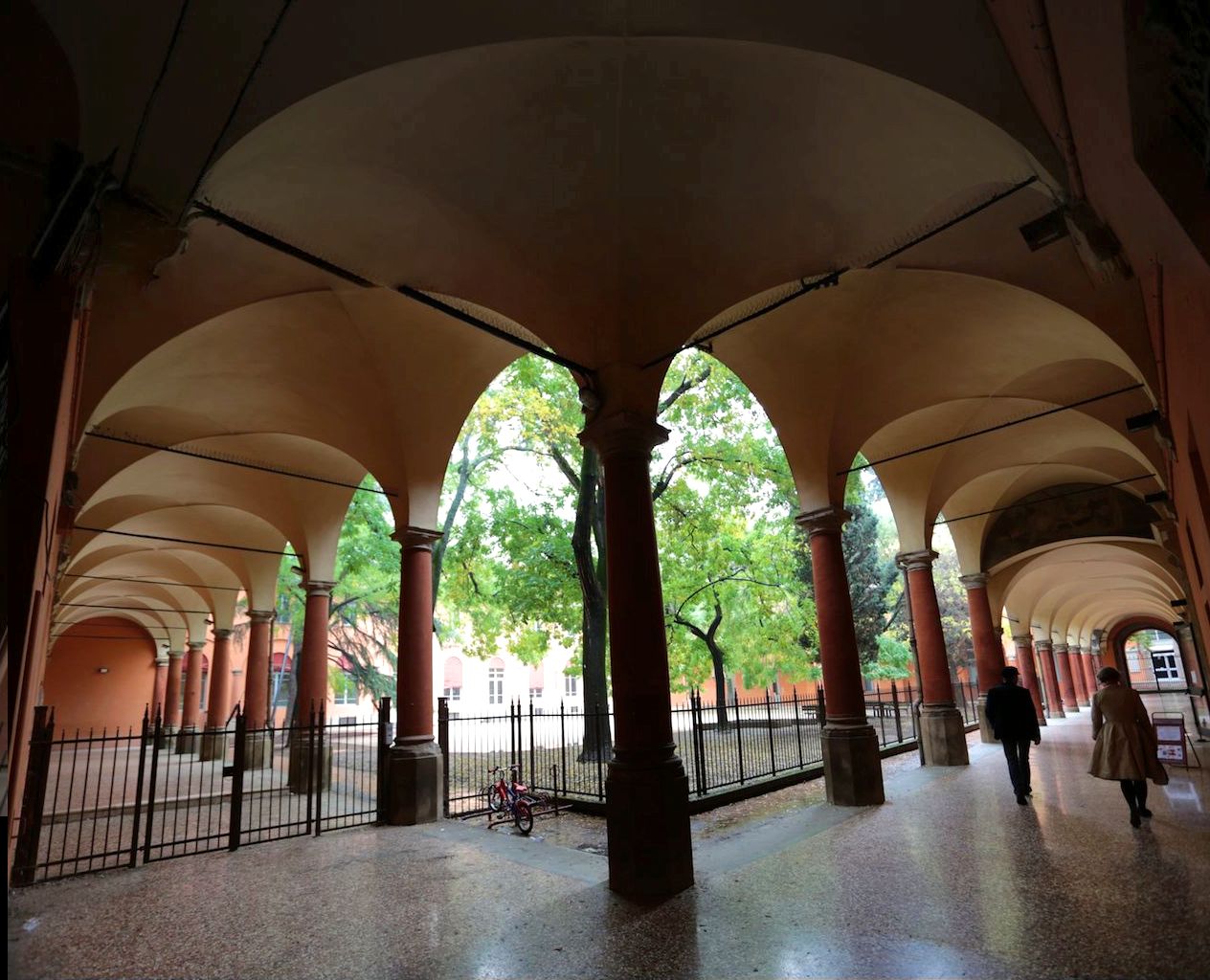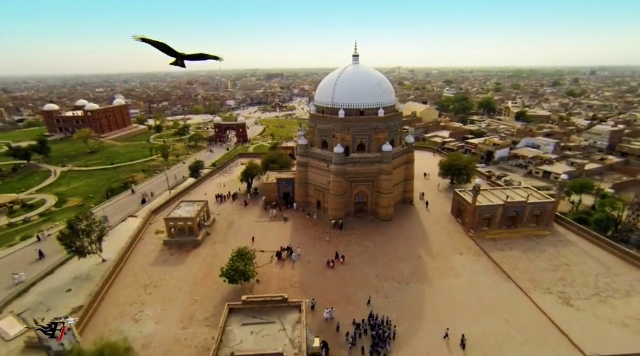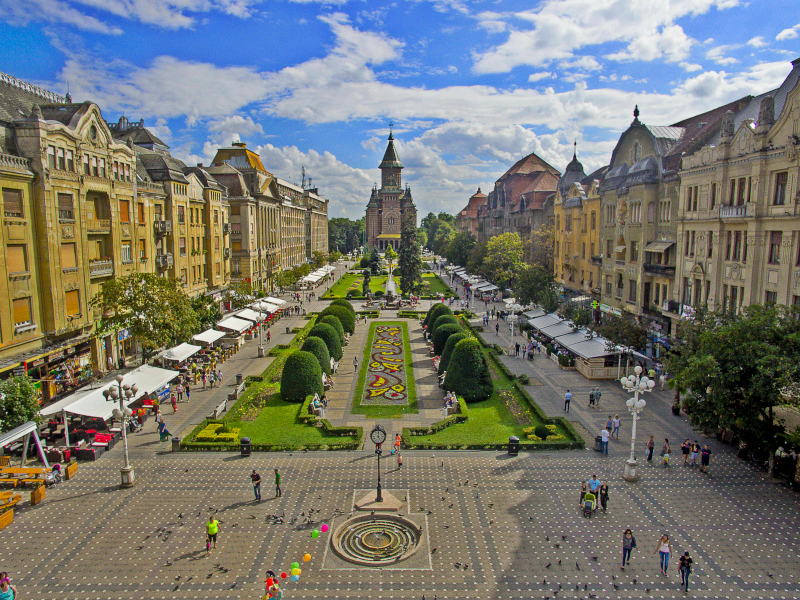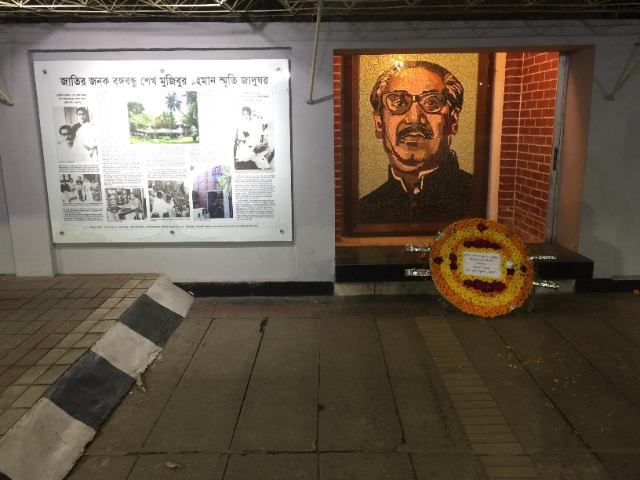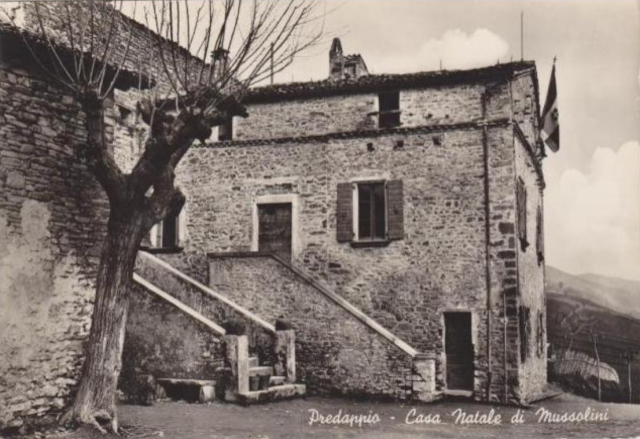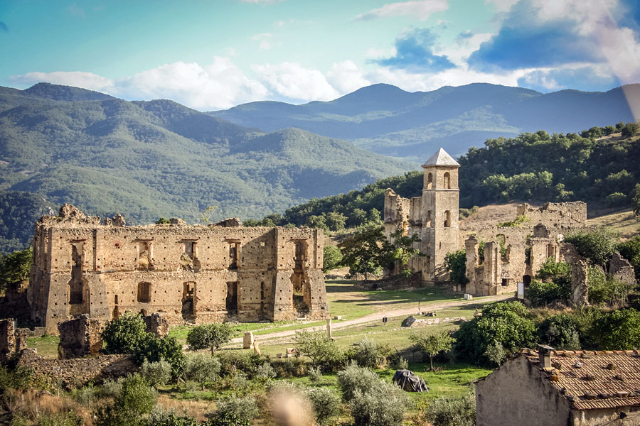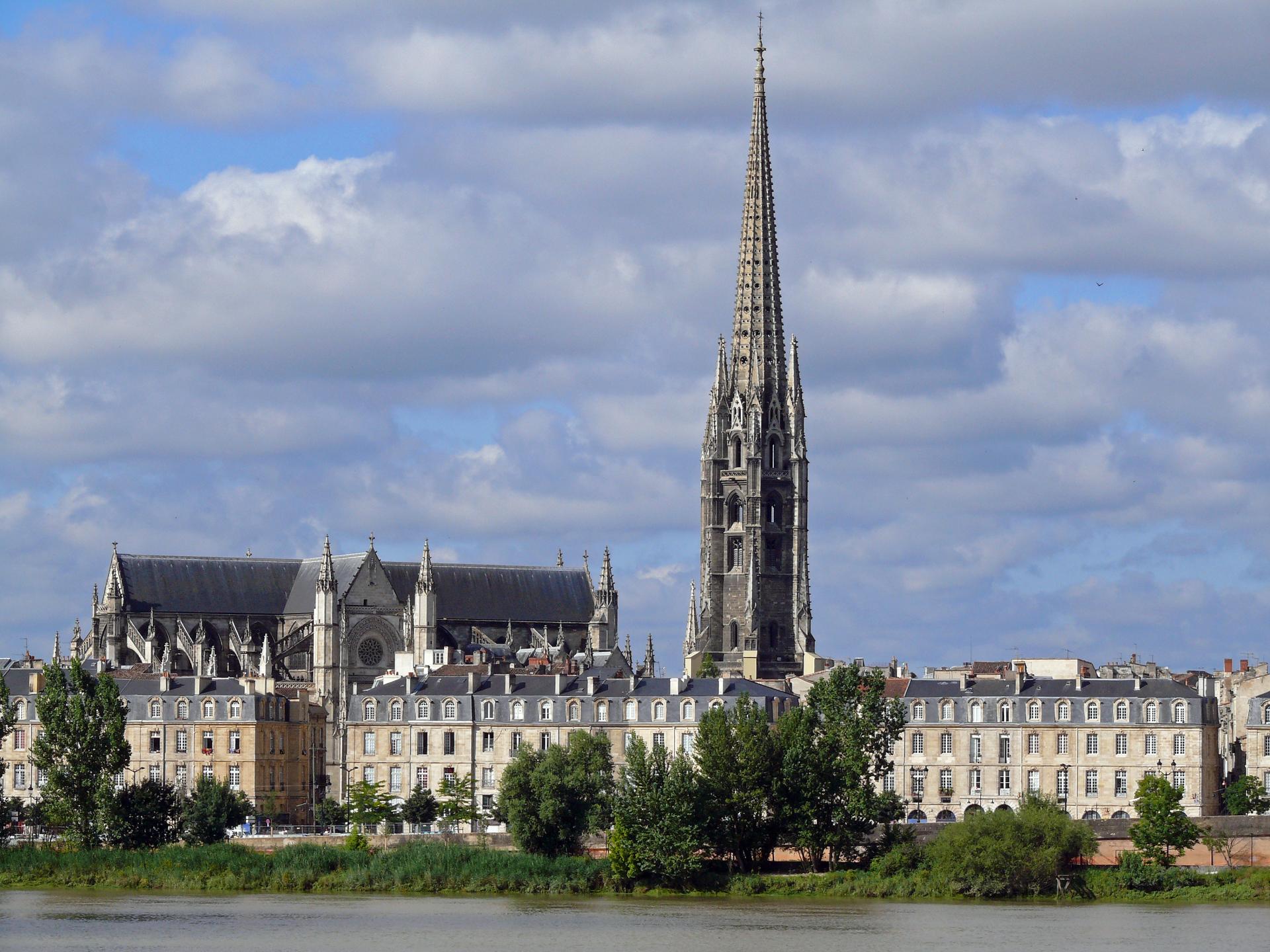The former Church of San Mattia, attributed to Pietro Fiorini, was built in 1575 and consecrated in 1588.
Annexed to the Dominican Convent, it overlooks the Via Sant’Isaia with its simple façade, perfectly inserted in the urban fabric thanks to the portico placed in continuity with that of the nearby buildings. The sumptuous and spectacular aspect of the interior is due to a modernization " of the ornamental and pictorial apparatus operated in the middle of the eighteenth century by the " quadraturista " Pietro Scandellari and the artists Nicola Bertuzzi and Tertulliano Taroni. The transformation of the sixteenth century serliane and oculi in the central elevation into rectangular windows dates back to the same period.
In 1799, following the suppression of religious orders by the Napoleonic government, the church of San Mattia was isolated from the convent, deconsecrated and reduced to storage. The restoration, begun in 1981 and completed in 1994 at the total expense of the Ministry of Cultural Heritage and Activities, has brought to light what remained of stucco and frescoes. Entrusted to the Regional Directorate for Cultural Heritage and Landscape of Emilia Romagna by the State Property Agency, the church of San Mattia has become a venue for exhibitions, meetings, conferences dedicated to architecture, urban planning, design, and the study of the historical-artistic-landscape heritage of the Emilia-Romagna territory.
